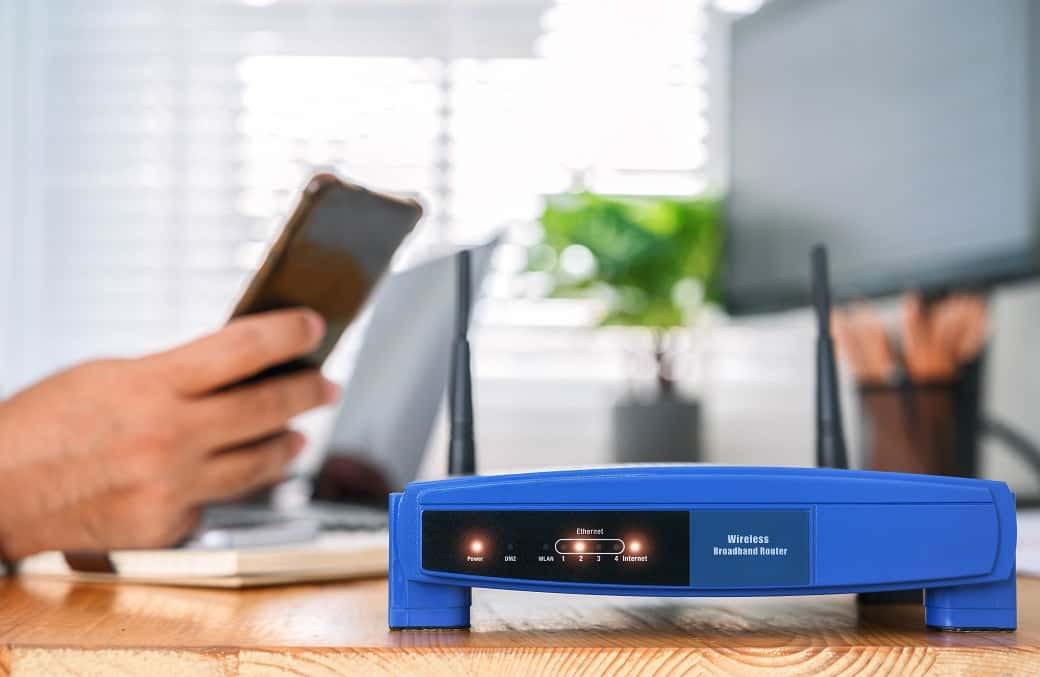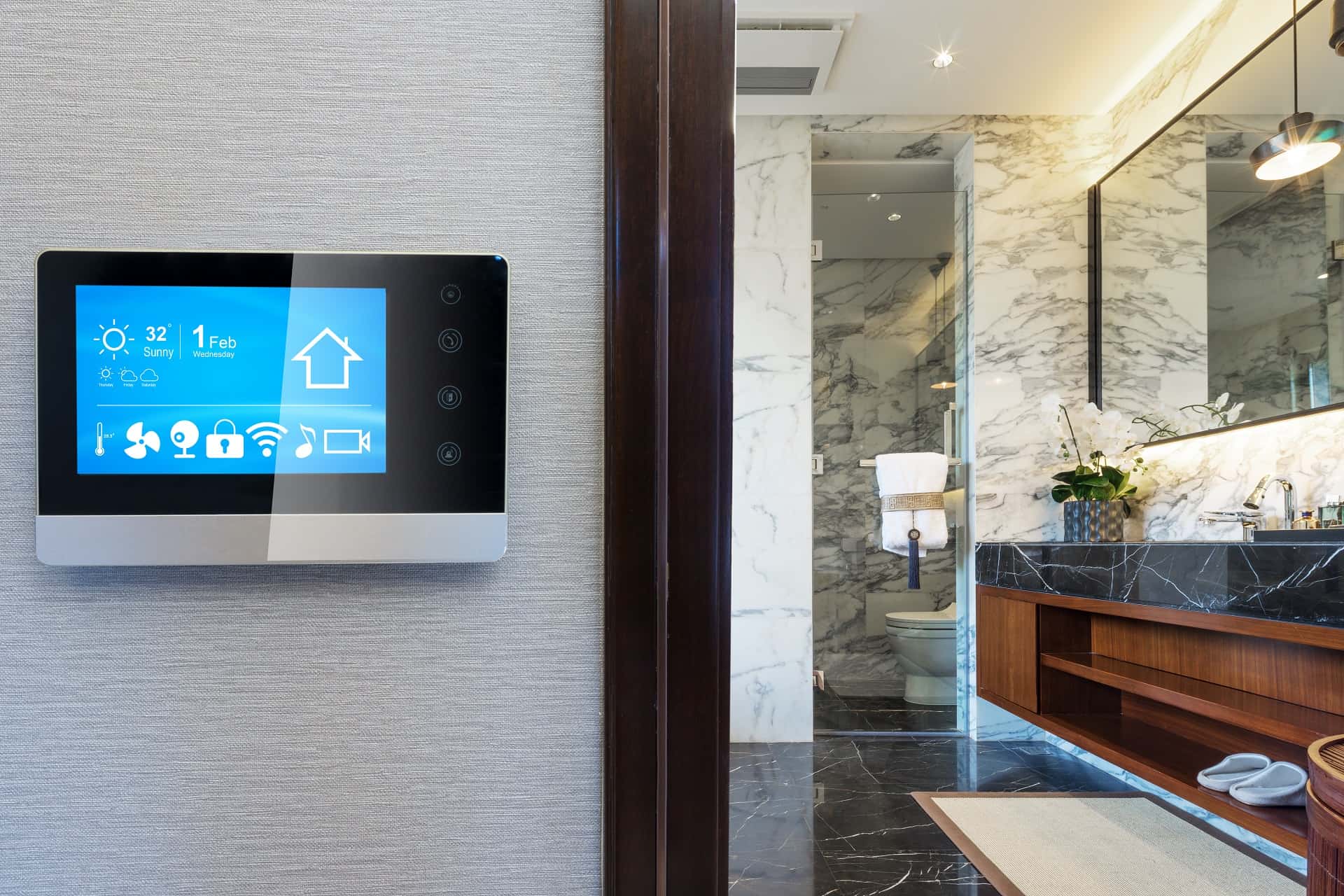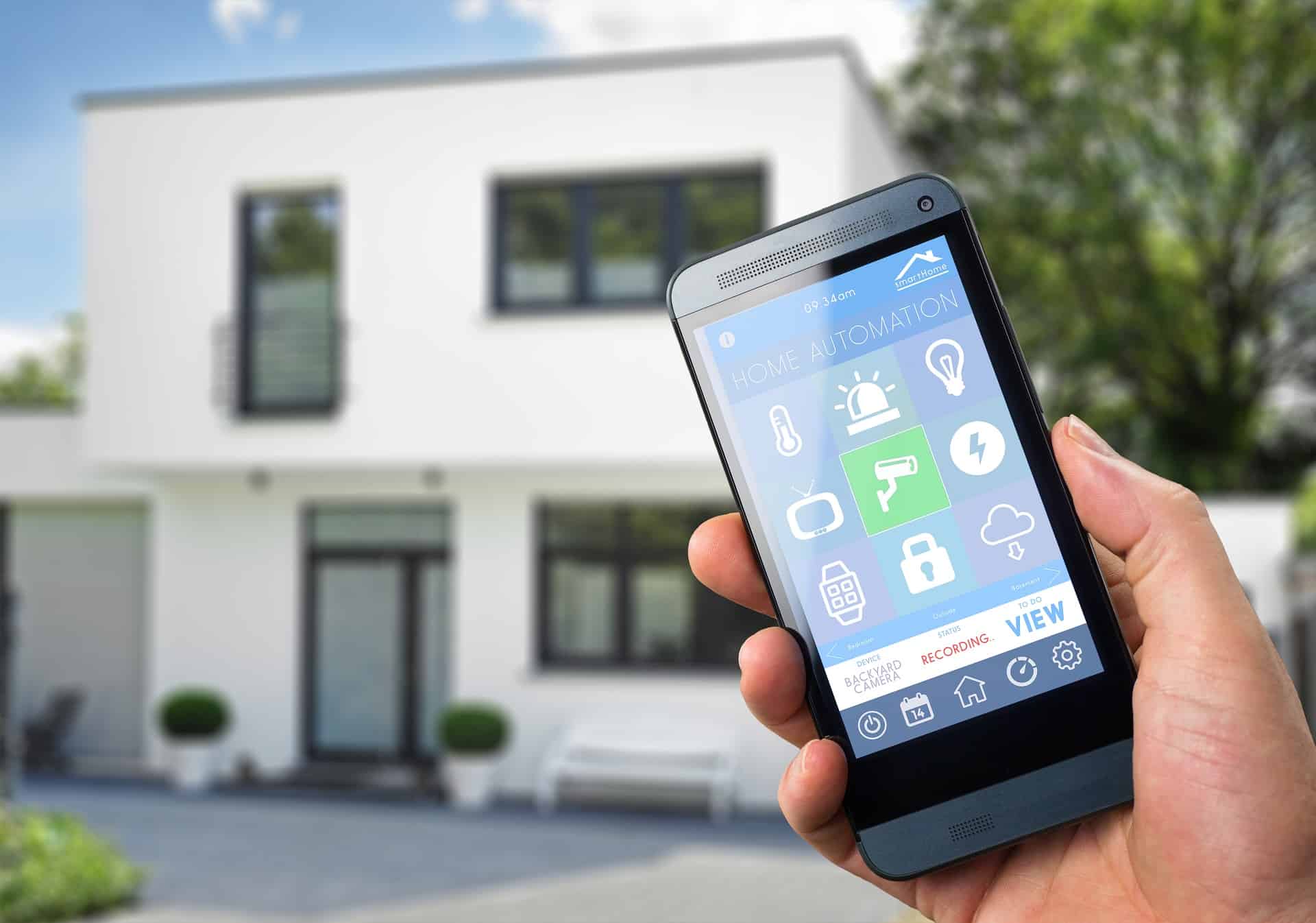Are you tired of dealing with a tangled mess of wires and complicated setups when it comes to connecting your smart devices? Want to avoid putting your smart devices on your Wifi? If so, then you need to know about Zigbee. This innovative wireless communication protocol is revolutionizing the way we control and connect our smart devices. In this blog post, we will dive deep into the world of Zigbee and explore what it is, how it works, and why it’s becoming the go-to choice for smart home enthusiasts. So, if you’re ready to simplify your life and unleash the full potential of your smart devices, keep reading to learn all about Zigbee!
What is Zigbee?
Zigbee is a wireless communication technology that is designed for low-power, low-cost applications. It is based on the IEEE 802.15.4 standard and operates in the 2.4 GHz frequency band. Zigbee is known for its reliability, scalability, and ability to support a large number of devices in a network. It offers a mesh networking topology, allowing devices to communicate with each other and form a self-healing network. This means that if one device fails, the network can automatically reroute the communication through other devices, ensuring continuous connectivity.
Zigbee has a wide range of applications and use cases. It is commonly used in home automation systems to control and monitor devices such as lights, thermostats, and security systems. It is also used in industrial settings for applications like asset tracking, environmental monitoring, and energy management.
Zigbee offers secure and reliable communication, thanks to its built-in encryption and error detection mechanisms. With its secure and reliable communication, Zigbee is a popular choice for building efficient and robust wireless networks. Zigbee is also capable of working with Matter, for even more security.
One of the key advantages of Zigbee is its low power consumption, which allows devices to operate on battery power for an extended period. This makes it ideal for applications where power efficiency is crucial, such as in wireless sensor networks. Having wireless sensors that can go a year or more without needing the batteries changed is great for hard to access sensors.
Comparison of Zigbee with Wi-Fi and Bluetooth
Zigbee is a wireless communication protocol that is often compared with Wi-Fi and Bluetooth due to their similar functionalities. However, Zigbee offers distinct advantages over these popular wireless technologies.
Wi-Fi is primarily used for high-speed internet access between high power use devices like laptops, computers, cell phones, tablets and more. They key here is the high power use. Wifi enabled devices are usually plugged into an outlet or some other power source.
Bluetooth is commonly used for short-range device connections like earbuds, speakers, your smart watch, etc. Bluetooth is lower power use, but at a super slow range and a lower data transfer speed than Wifi. Bluetooth enabled devices can easily be compact, battery powered devices. However, the range can be quite limited.
Zigbee is designed specifically for low-power, low-data-rate applications. In terms of range, Wi-Fi typically covers larger areas, while Zigbee has a shorter range that’s comparable to Bluetooth. Unlike Bluetooth which is usually a many to one connection, Zigbee can be a many to many mesh connection of up to 64,000 nodes! Additionally, Zigbee consumes less power than Wi-Fi and Bluetooth, making it ideal for battery-powered devices.
Zigbee Devices and Ecosystem
Zigbee-enabled devices are becoming increasingly popular in various sectors, including home automation, industrial control systems, and healthcare. These devices utilize Zigbee’s mesh network topology, where multiple devices can communicate with each other to form a network. This allows for seamless connectivity and interoperability between different Zigbee devices, creating a robust ecosystem. The Zigbee Alliance, a global organization, ensures the compatibility and certification of Zigbee devices, ensuring that they work seamlessly together and adhere to industry standards.
Advantages and Disadvantages of Zigbee
| Pros | Cons |
|---|---|
| Lower power communications | Requires Zigbee hub |
| Mesh, self healing network | Low data transfer speed |
| Network traffic is encrypted | Short range |
| Open source protocol, use for free | Same frequency as some Wi-fi |
Zigbee technology offers several benefits. It provides low-power consumption, making it ideal for battery-operated devices such as sensors and smart meters. Zigbee also offers excellent reliability and scalability, allowing for the expansion of networks without compromising performance. It’s self healing network can quickly recover if a node looses connection. Zigbee traffic is also encrypted by default, helping to keep your information secure. Finally, the Zigbee protocol is open-source and free to use, unlike some other smart home communication protocols.
Zigbee does have limitations. Its lower data rate compared to Wi-Fi may not be suitable for applications that require high-speed data transmission. Additionally, Zigbee’s shorter range may require more devices to be deployed to cover larger areas. Zigbee devices also require a Zigbee hub in order to transmit traffic into your smart home controller. Another potential downside to Zigbee is that both it and Wi-fi can operate on the 2.4 GHz band. So if your wifi and Zigbee are trying to use the same channel in that band, they can cause interference for each other.
Zigbee Security and Privacy
Zigbee incorporates several security features to protect data transmission and ensure privacy. It utilizes encryption algorithms to secure the communication between devices, preventing unauthorized access to sensitive information. Additionally, Zigbee devices can employ unique network keys and device keys to authenticate and authorize connections, adding an extra layer of security. However, as with any wireless technology, it is essential to consider privacy implications. Users should be cautious about sharing personal data and ensure that their Zigbee network is properly secured to prevent unauthorized access.
Another security aspect of using Zigbee is that is separates your Zigbee communications from your Wifi communications. This means that your smart lights won’t necessarily be telling your laptop and phone when they turn on and off, unlike some wifi based smart lights. For someone looking to segregate their smart home traffic, Zigbee is a great choice.
Mesh Network
One of the key features of Zigbee is its mesh networking capability. This means that Zigbee devices can form a network where each device can communicate with multiple other devices, creating a robust and resilient network. If one device fails or goes out of range, the network can automatically reroute the communication through other devices, ensuring a reliable connection. Zigbee can also support large networks with many devices. It can handle up to 65,000 devices in a single network, enabling scalability for various applications.
FAQ
What is Zigbee and how does it work?
Zigbee is a wireless communication technology that allows devices to connect and communicate with each other wirelessly. It operates on low-power, making it ideal for battery-operated devices such as smart home sensors, thermostats, and light bulbs. Zigbee uses a mesh network topology, which means that each device can act as a router, relaying data to other devices in the network. This enables devices to communicate over longer distances, even if they are not in direct range of each other. Zigbee also uses a frequency of 2.4 GHz, which is a common frequency for wireless communication and helps to ensure compatibility with a wide range of devices. Overall, Zigbee provides a reliable, low-power, and cost-effective solution for creating interconnected smart home ecosystems.
Is Zigbee a wireless communication protocol?
Yes, Zigbee is a wireless communication protocol. It is specifically designed for low-power, low-data-rate applications. Zigbee operates on the IEEE 802.15.4 standard, which defines the physical and MAC layers of the protocol. This makes Zigbee a reliable choice for applications that require long battery life, such as home automation, industrial monitoring, and smart energy management systems.
What are the main advantages of using Zigbee?
The main advantages of using Zigbee are its low power consumption, long range, and ability to support large networks. Zigbee devices are designed to operate on low power, which means they can last for months or even years on a single battery. This makes them ideal for applications where power supply is limited or inconvenient. Additionally, Zigbee has a range of up to several hundred meters, allowing devices to communicate over long distances, even through walls and obstacles. Moreover, Zigbee supports mesh networking, which means devices can connect to each other and extend the coverage area of the network. This makes it possible to create large-scale networks with numerous devices, providing flexibility and scalability for various applications.
How does Zigbee differ from other wireless protocols like WiFi and Bluetooth?
Zigbee differs from other wireless protocols like WiFi and Bluetooth in several ways. Specifically, Zigbee is optimized for low-power, low-data-rate applications. This makes Zigbee ideal for connecting small devices that need to conserve energy, such as home automation systems, smart meters, and medical devices. Another key difference is the network architecture. While WiFi and Bluetooth use a centralized hub to connect devices, Zigbee uses a mesh network topology, allowing devices to connect to each other directly. This creates a more robust and scalable network, as each device can act as a repeater, extending the range and reliability of the network.
Can Zigbee be used for home automation and smart devices?
Yes, Zigbee can definitely be used for home automation and smart devices. In fact, it is a popular choice for these applications due to its low power consumption and ability to create a mesh network. Zigbee allows devices to communicate with each other wirelessly, making it perfect for controlling various aspects of your home, such as lighting, security systems, thermostats, and more. The mesh network feature ensures that even if one device fails or loses connectivity, the communication between other devices remains unaffected. This makes Zigbee a reliable and efficient choice for creating a seamless and interconnected smart home ecosystem.
What is the range of Zigbee networks?
The range of Zigbee networks can vary depending on the specific implementation and environment. However, in general, Zigbee networks typically have a range of up to 100 meters (328 feet) in an open space. This makes it suitable for most residential and small commercial applications. Keep in mind that the range can be affected by factors such as interference from other devices, physical obstacles like walls and furniture, and even the materials used in the building construction. In order to extend the range, you can use Zigbee repeaters or routers to create a mesh network, where devices act as signal repeaters to help extend the coverage area. Most plug-in Zigbee devices are capable of acting as a signal repeater ( like the Aqara smart plug ).
Is Zigbee secure and reliable?
Yes, Zigbee is a secure and reliable wireless communication protocol. It uses AES-128 encryption to ensure that data transmitted between devices is protected from unauthorized access. This encryption algorithm is widely recognized for its strong security measures. Additionally, Zigbee networks are designed to be highly reliable, with the ability to automatically heal and self-organize in case of device or network failures. This means that even if one device fails or a connection is lost, the network can quickly adapt and find alternative routes for data transmission.
Can Zigbee devices work with other smart home platforms?
Yes, Zigbee devices can work with other smart home platforms. Zigbee is a wireless communication protocol that allows devices to connect and communicate with each other. Usually these devices are connected through a central Zigbee hub that would connect with smart home platforms such as Amazon Alexa or Google Assistant. Just be sure that whatever hub you pick is compatible with your smart home controller of choice!
Are there any limitations or drawbacks to using Zigbee?
Yes, there are a few limitations or drawbacks to using Zigbee. One limitation is the limited range of Zigbee devices. While Zigbee devices can communicate with each other within a range of 10-100 meters (depending on the specific device), this range may not be sufficient for larger homes or buildings. In this scenario you would need network repeaters like a smart plug or other plugged in Zigbee device to extend the network.
Another drawback is the potential interference from other wireless devices operating on the same frequency band, such as Wi-Fi routers or Bluetooth devices. This can disrupt the communication between Zigbee devices and affect their performance.
How easy is it to set up and use Zigbee devices?
Setting up and using Zigbee devices is incredibly easy and user-friendly. With its mesh network technology, Zigbee devices can be easily added to your existing smart home system without the need for complex wiring or professional installation. Simply plug in the Zigbee hub or gateway, follow the provided instructions to connect it to your Wi-Fi network, and you’re ready to go. Once the hub is set up, adding Zigbee devices is as simple as placing them within range of the hub and following the pairing process outlined in the device’s manual or app. This makes it a breeze to expand your smart home network with Zigbee devices, whether you’re adding smart bulbs, sensors, or other gadgets to enhance your home automation setup.
What are some reallife applications of Zigbee technology?
Zigbee technology is highly versatile and finds its applications in various real-life scenarios. One prominent use case is in home automation, where Zigbee enables seamless communication between smart devices. This technology allows you to control your lights, thermostat, security systems, and other appliances remotely using your smartphone or voice commands. Zigbee is also commonly used in industrial settings for monitoring and controlling machines and equipment. It provides a reliable and energy-efficient solution for connecting sensors, actuators, and other devices in large-scale systems. Additionally, Zigbee is employed in healthcare systems, allowing for remote patient monitoring and tracking vital signs wirelessly. It is clear that Zigbee’s capabilities span across multiple industries, making it an integral part of the Internet of Things (IoT) revolution.
In Summary
In summary, Zigbee is a great communication protocol that is used between many smart home and IoT devices. Zigbee is low power, secure, and easily extendable. Overall, it’s my preferred network communication means for smart home devices, and it’s easy to see why!




